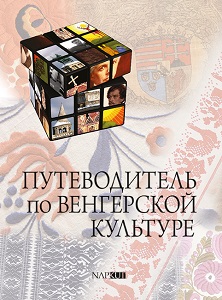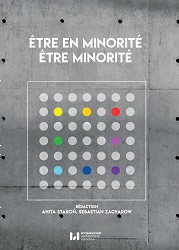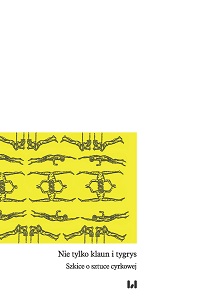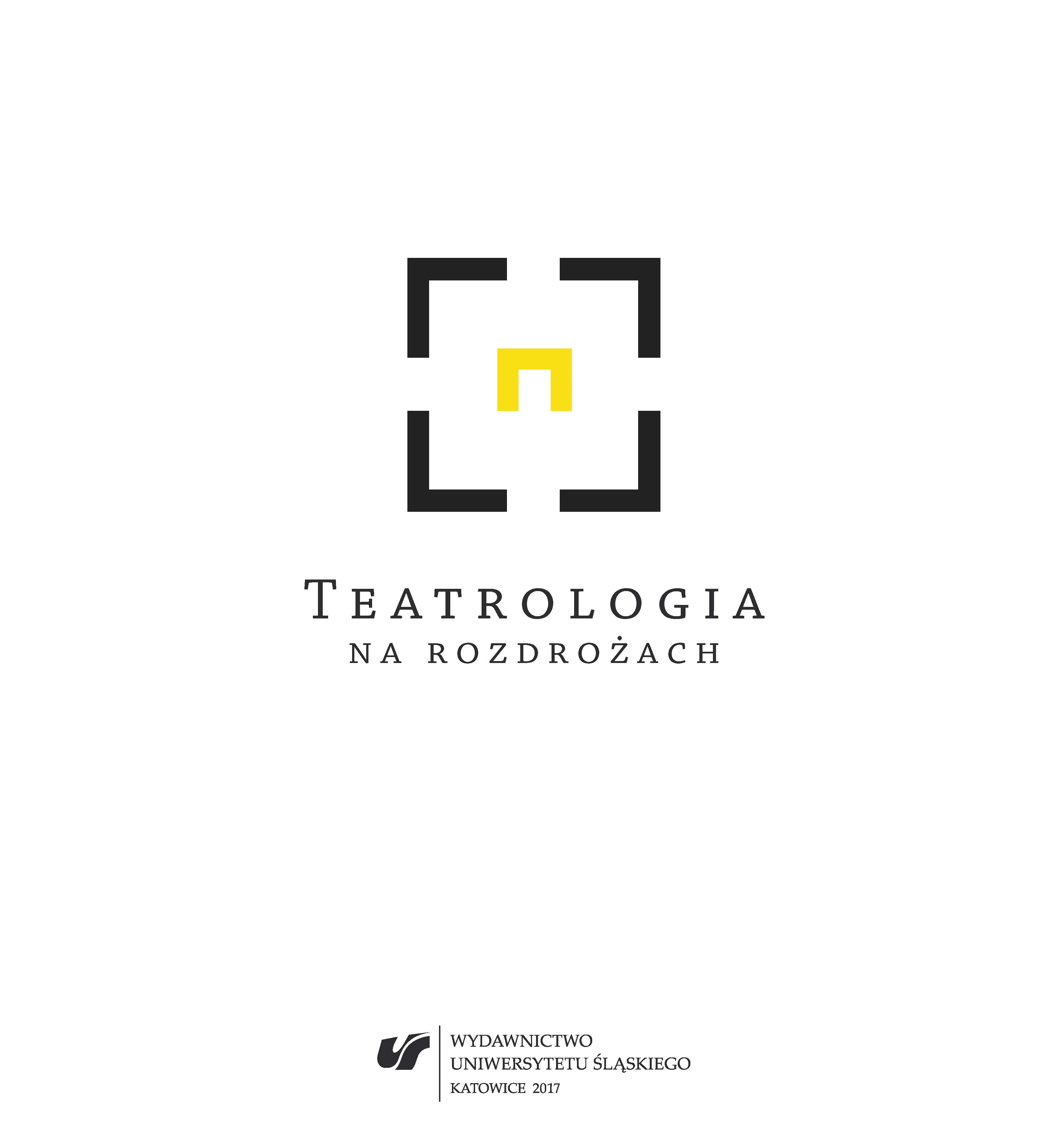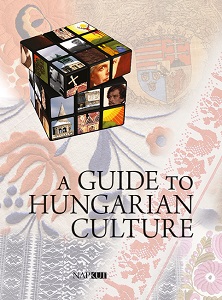
Five Centuries of Th eatre
The start of Hungarian-language theatre is open to debate. Traditionally, it has been considered to begin in 1790. Th e classic three-volume scholarly series Th e History of Hungarian Theatre [Magyar színháztörténet; first volume published in 1990] starts in 1790, but even before 1790, thousands of theatrical performances – or something resembling theatre – took place in Hungary. In the 200 to 250 years before 1790, theatre performances showed signs of aesthetic planning and at least partial institutionalization. Th ey were held in theatres – or places similar to modern theatres, with plans to build proper theatres in the works.
More...
